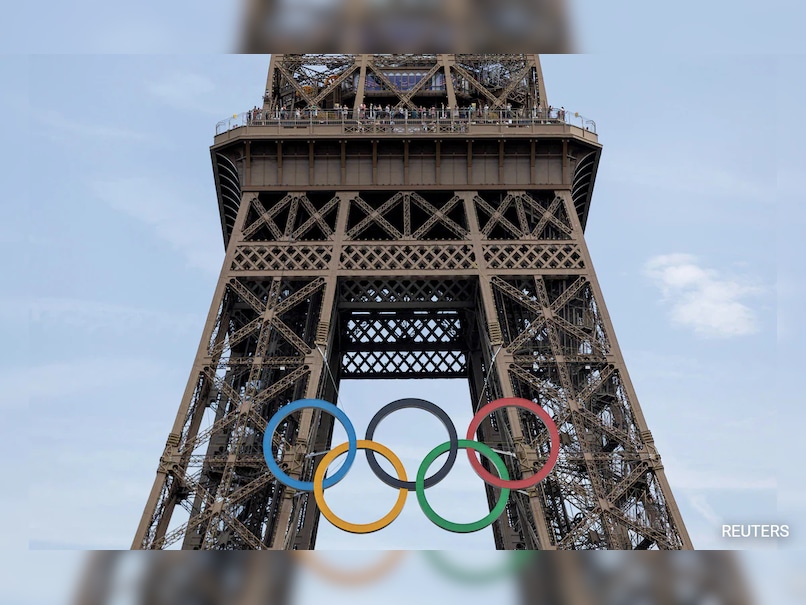AI Tackles Online Abuse in Sports, Protecting Athletes
Online Abuse in Sports: AI Steps Up to Protect Athletes
As the 2024 Paris Olympics and Paralympics unfolded, social media became a battleground for online abuse directed at athletes. An AI-powered algorithm, deployed by World Athletics, monitored 1,917 athletes across four platforms, analyzing over 355,000 posts and comments. The algorithm flagged 34,040 posts, of which 809 were verified as abusive.
This study highlights the alarming prevalence of online abuse in sports. Extrapolating the findings to all participants in Paris, the volume of abuse is staggering. And it’s not just limited to the Olympics; elite athletes face this issue year-round.
The International Olympic Committee (IOC) has recognized the severity of this problem and implemented the AI-powered monitoring service. Kirsty Burrows, Head of the IOC’s Safe Sport Unit, estimates that around half a billion social media posts were generated during the Games.
“The industry average for online violence is around 4%,” Burrows said. “That would mean 20 million of those could potentially be something which is abusive.”
Athletes are increasingly speaking out against online abuse. French tennis player Caroline Garcia shared abusive messages she received after losing her first-round match at the US Open. Football star Jude Bellingham has also raised awareness about the issue.
A previous study by Signify Group found that 55% of players competing in the Euro and AFCON finals received discriminatory abuse. Homophobic and racist comments were the most common forms of abuse.
In the World Athletics study, 18% of the detected abuse was racist in nature. The IOC has expanded the use of AI to combat online abuse, covering around 17,000 athletes, coaches, and officials in Paris.
The AI software detects abusive content in 35 languages and flags posts that appear violent or abusive. These posts are then reviewed by humans, and if confirmed as abusive, action is taken.
“The service provider has an expedited channel to the platforms, and we also have great relationships with the platforms for the removal of any flagged abusive or potentially criminal content,” Burrows said.
The goal is to create a safer online environment for athletes. “Many athletes are committed to growing the sport of athletics through their online presence, but they need to be able to do so in a safe environment,” said World Athletics president Sebastian Coe.


